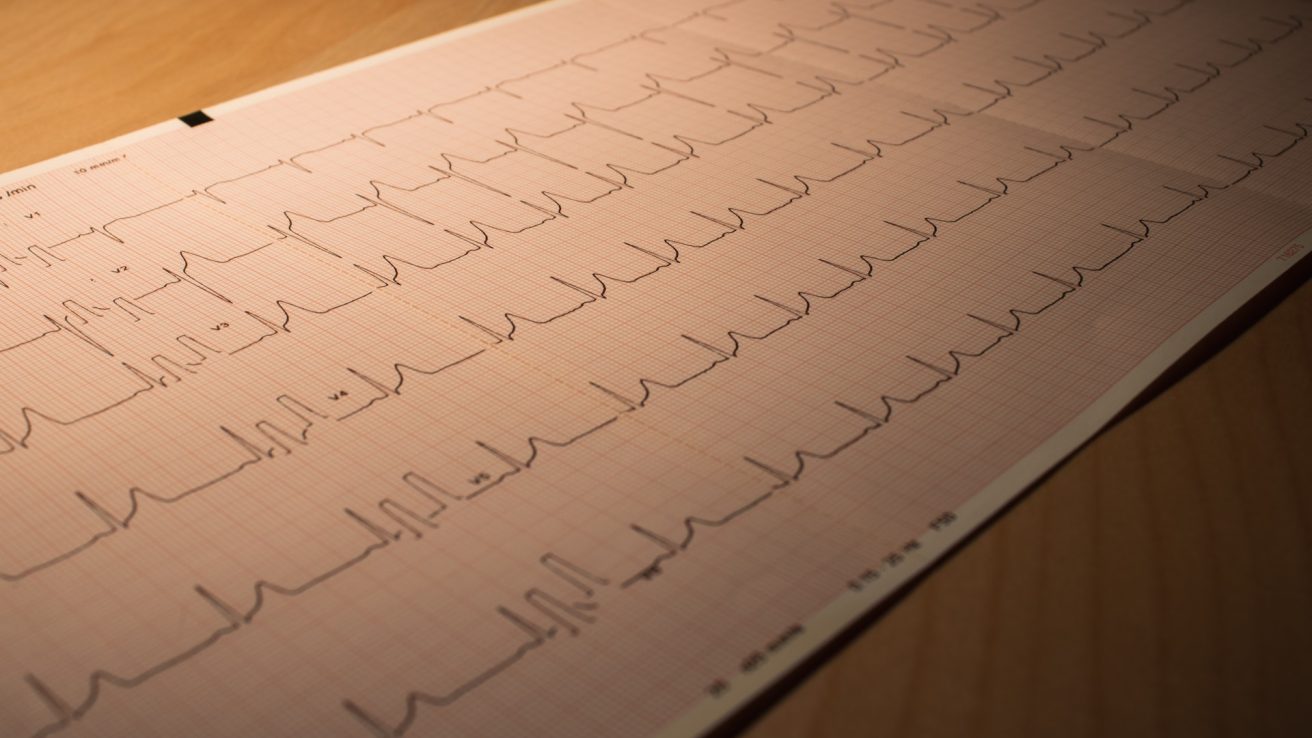Introduction
Atrial fibrillation (Afib) is an abnormal electrical rhythm in the upper chambers of the heart called the atria that causes a quivering or irregular heartbeat. Afib can lead to blood clots, stroke, heart failure, and other cardiac complications if left untreated [1]. This is the most common clinically diagnosed arrhythmia [2] and a significant health issue due to the associated high rates of morbidity, disability, and mortality.
The treatment of Afib has now become a focal point in the field of international cardiovascular medicine due to an overall aging population in developed countries. In the United States, in particular, an Afib “epidemic” is forecast within the next 10 to 20 years due to the large number of post-retirement-age baby boomers [2].
It is estimated that Afib will affect 6–12 million Americans by 2050 and 17.9 million people in Europe by 2060 [2].
The good news is that we now have a better understanding of Afib due to advancements in medical technology, enabling more effective management of this condition. Current treatments for Afib include medicines to slow the heart rate, control the heart rhythm, and prevent blood clots; minimally invasive procedures, including catheter ablation, cardioversion, and left atrial appendage occlusion; and surgical ablation [3].
Definition
A normal, healthy heartbeat involves regular contractions of the heart muscle. A contraction occurs about once every second at rest and increases with exercise. Each contraction pushes blood from the atria (the two upper chambers) to the ventricles (the two lower chambers). These then contract and push the blood to the lungs or the rest of the body [4].
However, in a person with Afib, these electrical impulses fire rapidly all at once, causing rapid contraction of the atria. The electrical impulses are so fast and chaotic that the atria cannot contract and/or squeeze blood effectively into the ventricles. Blood can then pool in the atria, which can lead to blood clots and strokes. Thus, heart failure can result from Afib when the atria beat too quickly [5].
Risk Factors [6.7]
Risk factors for Afib include advanced age, European ancestry, a previous history of myocardial infarction, hypertension, diabetes, obesity, smoking, alcohol use, and sleep apnea. Afib may be difficult to detect in patients who are asymptomatic. Remote monitoring can help detect irregularities beyond a pulse check if risk factors exist within a person’s lifestyle or demographics.
Symptoms [8]
- Chest pain
- Palpitations (a sensation of a rapid, fluttering, or pounding heartbeat)
- Shortness of breath
- Lightheadedness.Dizziness
- Weakness
- Fatigue
- Reduced ability to exercise
Note: Some people with atrial fibrillation are asymptomatic.
Types of Atrial Fibrillation [8]
- Occasional (also known as paroxysmal Afib). This involves AFib symptoms that are sporadic. They may last from a few minutes up to several hours, even up to a week for some people. These episodes can happen repeatedly.
- Persistent. In this form of Afib, the irregular heartbeat is constant. If symptoms are present, medical treatment will be required in order to correct the heart rhythm.
- Long-standing persistent. This type of AFib is constant and lasts longer than a year. Medicines or medical procedures are needed to correct the irregular heartbeat.
- Permanent. In this type of Afib, the irregular heart rhythm can’t be reset, and medications will be needed to control the heart rate and prevent blood clots.
Treatment Options
Recent research has highlighted the beneficial effects of lifestyle and risk factor management for Afib. Known as “upstream therapy” [7], this refers to the use of certain anti-arrhythmia drugs that target the mechanisms of Afib to prevent or reduce its occurrence. These include angiotensin-converting enzyme inhibitors (ACEIs) or angiotensin receptor blockers (ARBs), which will delay or even reverse the atrial changes in individuals with hypertension or left ventricular dysfunction, resulting in a reduction in new-onset Afib.
Sources:
- What is Atrial Fibrillation? (2023, March 29). www.heart.org. https://www.heart.org/en/health-topics/atrial-fibrillation/what-is-atrial-fibrillation-afib-or-af
- Morillo, C. A., Banerjee, A., Perel, P., Wood, D., & Jouven, X. (2017). Atrial fibrillation: the current epidemic. Journal of Geriatric Cardiology : JGC, 14(3), 195–203. https://doi.org/10.11909/j.issn.1671-5411.2017.03.011
- AFIB Treatment and Doctors at Johns Hopkins Medicine. (2023, January 11). https://www.hopkinsmedicine.org/health/conditions-and-diseases/atrial-fibrillation/afib-treatment-and-doctors
- Atrial Fibrillation Treatment Guide | Cleveland Clinic. (n.d.-f). Cleveland Clinic. https://my.clevelandclinic.org/treatment-guides/14-0081-afib-guide?utm_medium=email&utm_source=marketo&utm_content=text+row+cta+button&utm_campaign=14-0081-#overview-tab
- Atrial Fibrillation Treatment Guide | Cleveland Clinic. (n.d.-e). Cleveland Clinic. https://my.clevelandclinic.org/treatment-guides/14-0081-afib-guide?utm_medium=email&utm_source=marketo&utm_content=text+row+cta+button&utm_campaign=14-0081-#overview-tab
- Morillo, C. A., Banerjee, A., Perel, P., Wood, D., & Jouven, X. (2017). Atrial fibrillation: the current epidemic. Journal of Geriatric Cardiology : JGC, 14(3), 195–203. https://doi.org/10.11909/j.issn.1671-5411.2017.03.011
- Gelder, V. I., Smit, M. D., Alings, M., & Crijns, H. J. (2010). Upstream therapy in patients with early atrial fibrillation. Netherlands Heart Journal, 18(11), 522–523. https://doi.org/10.1007/s12471-010-0827-9
- Atrial fibrillation – Symptoms and causes – Mayo Clinic. (2023, July 26). Mayo Clinic. https://www.mayoclinic.org/diseases-conditions/atrial-fibrillation/symptoms-causes/syc-20350624










